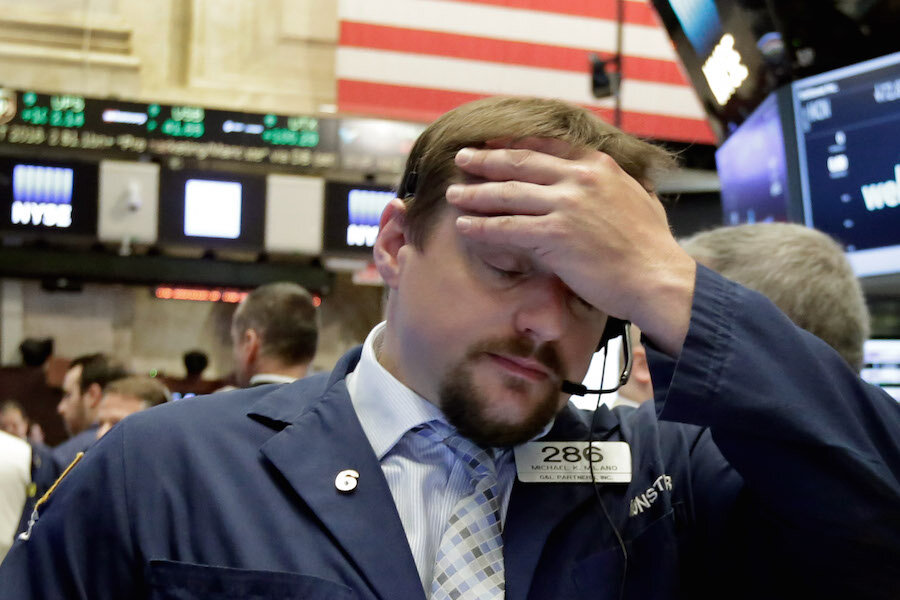After April's slow job growth, will the Fed hike interest rates?
Loading...
April was a slow month for US job growth.
The Labor Department released a report Friday showing 160,000 jobs were added last month. The number is far below economists' estimates of 215,000 and marks a seven-month low for the market, which could complicate matters for the Federal Reserve as it contemplates increasing the federal interest rate in June.
"The question going forward is: 'Is this the beginning of a deteriorating trend in the jobs picture?' I don't think so, I think it's a natural sort of slowdown," Wayne Lin, portfolio manager at QS Investors, told Reuters. "I don't think this takes a June hike off the table. I think it reduces the probability, but I don't think this is a clear data point that would lead the Fed to say 'we're not going to hike in June.' "
The slowdown in hiring is not completely unexpected for market experts. In February, Federal Reserve Chair Janet Yellen gave her semi-annual financial report to Congress. During the report, she warned that a strong US dollar and rising borrowing rates could potentially result in slower US growth and a downturn in hiring.
The job growth rate and the rate of growth for the gross domestic product have also been out of pace for months. At the end of the first market quarter in 2016, 2.8 million more jobs had been added than the same time in 2015, yet GDP had only grown 1.9 percent.
Normally a GDP growth rate of 1.9 percent would correlate with the addition of 1.2 million jobs. Likewise, 2.8 million additional jobs would typically correlate with a GDP increase of 3.4 percent, according to The Wall Street Journal.
The end result: a growing acknowledgement that the hiring rate or the GDP would have to change at some point.
"Employment was never going to continue rising at more than 200,000 a month indefinitely. Those monthly gains are simply unsustainable," Paul Ashworth, a chief economist for Capital Economics, told Reuters.
How this will impact the Fed's decision over whether or not to implement a rate hike in June has yet to be seen.
Several market experts have said the low numbers in April rule out the possibility of a rate hike, arguing that the Fed will not be willing to add stress to an already tumultuous market when the economy could be slowing.
"It means there is nothing compelling to push the Fed to decide it is appropriate to raise the funds rate," Kevin Logan, a chief economist at HSBC, said in an interview with MarketWatch.
Alternatively, others say the job report will have little impact either way.
"For a Fed that is mulling whether it should raise rates in June, the jobs report hardly counts as a deal breaker – especially with markets quiescent and the S&P 500 within 3% of its recent high. But neither is it going to instill a great deal of urgency to increase rates again," The Wall Street Journal's Justin Lahart noted.
While April's job growth numbers were lower than expected, there were also positive signs in the report. At the top of the list: signs of wage growth. Average hourly earnings increased by eight cents, to $25.53, and the aggregate weekly payroll rose .8 percent in total, according to the Labor Department.








